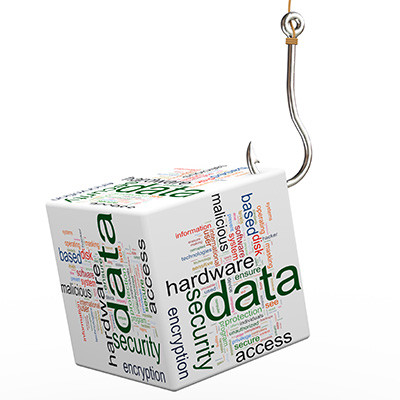Datalyst Blog
There was a time when malicious computer viruses and other online threats were more or less just a nuisance. There were a handful of dangerous threats 15-20 years ago, but the majority of online threats mostly just bogged down your computer or got in your way.
Fast forward to today, and things are a lot different. Cybercrime is a lucrative industry, and cybercriminals (and scammers in general) treat their work like a business. The average person experiences about one scam every waking hour, whether at work or at home, so it’s more important than ever to understand what you are up against.
Cybercriminals have been resorting to clever scams to steal personal information and gain access to company networks. They also use these types of social-engineered scams to distribute malware and cause other problems for organizations. We encourage you to take this blog post and share it around your office, or even print it out to help your employees and colleagues prevent dangerous threats and embarrassing mistakes from happening.
We’re all well aware of the annoying nuisance that is junk email. In fact, we’re all so used to it, that it’s pretty easy to dismiss it as an irritating fact of life, when it still has the potential to be very harmful.
As a business owner, you need to be aware of the threats that lurk in your employees’ inboxes, because spam, and phishing attacks in particular, are the leading attack vector of some of the worst cyberattacks out there.
Phishing has become one of the great problems for technology users in the 21st century. The ironic part of the whole thing is that it has taken a good old-fashioned social engineering scam to make today’s robust information systems less secure. Phishing is the predominant way that hackers and scammers gain access to the systems they target. Today, we’re going to spell out what to train your employees on to help them identify phishing attacks.
Despite the name being mildly amusing, phishing attacks are no laughing matter. These scams, in all their different forms, wreak havoc on businesses—ranking as the top breach threat in the 2020 edition of Verizon’s annual Data Breach Investigations Report, and successfully impacting 65 percent of United States organizations in 2019 as reported by Proofpoint’s 2020 State of the Phish Report. Avoiding them requires you to be able to spot them, so let’s go over the different varieties of phishing that can be encountered.







